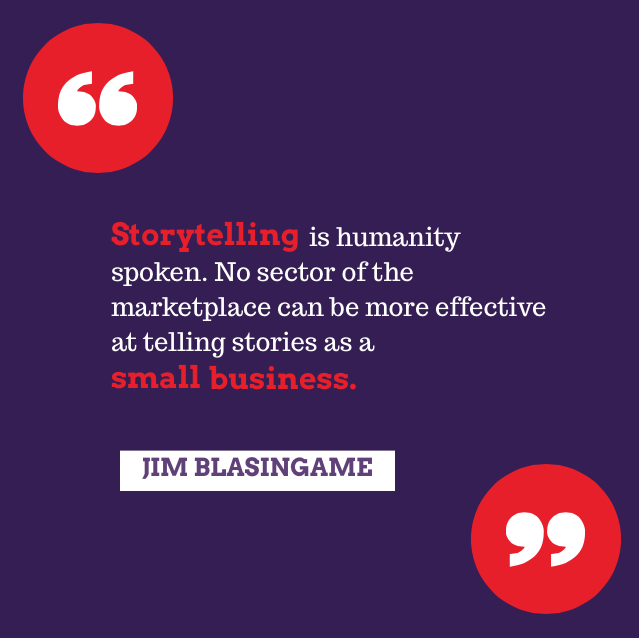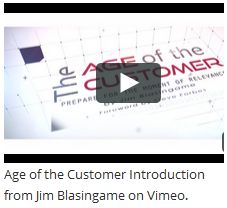Trick question: If your business were a car, would the dashboard have warning lights or gauges? The correct answer is gauges because they provide incremental information, while a light is either on or off.
Business gauges are financial statements, numbers and ratios that anticipate attention; warning lights often don’t reveal a problem until it’s too late.
Let’s take a look at these two different dashboards addressing the same three issues:
 Inventory warning light: Check Inventory!
Inventory warning light: Check Inventory!
This light flashes when you’re out of stock. Oh, you’ve got plenty of inventory, but it’s poorly distributed across lines and you don’t have what customers want now.
Inventory gauge: This is your balance sheet, which helps you see inventory creeping up in any month so you can immediately check stocking levels to get them back in line.
Inventory is cash you can’t spend until a customer pays for it. Can your cash flow wait for a light to flash before you make inventory adjustments?
Payroll caution light: High payroll!
A payroll light only comes on when this expense is already too high. By then you may have made hiring and compensation commitments you can’t justify.
Payroll gauge: The needle on the payroll gauge identifies the payroll-to-sales ratio including a breakdown of how much you should pay sales, management, production, etc.
Payroll is likely your largest operating expense. Do you want to wait for a light to flash or manage it with the incremental movement of a needle?
Growth danger light: Excessive speed!
This light blinks when your working capital engine has reached redline operating levels. By that time, either your internal systems are over extended, you will have grown yourself out of business, or both.
Growth gauge: Certain financial ratios and a cash flow projection are the growth gauges that indicate if you have the working capital to expand or if you should slow down until you’ve acquired the capital to grow successfully.
With sustainable success depending on sound growth decisions, you need the incremental immediacy of a gauge, not the vagueness of a blinking light.
Business gauges are the numbers on your financial statements and the ratios they produce. Like gauges on a car’s instrument panel, when displayed accurately and checked regularly, they move in small increments to show positive trends or alert you to a specific dangerous direction.
Astute business operators not only manage the movement of their operating gauges but also understand the cause-and-effect relationship each gauge has with another.
Write this on a rock …
Businesses that survive long-term have gauges on their dashboard, not warning lights.
Jim Blasingame is the author of the award-winning book, “The Age of the Customer: Prepare for the Moment of Relevance.”



 4. Marketplace
4. Marketplace










